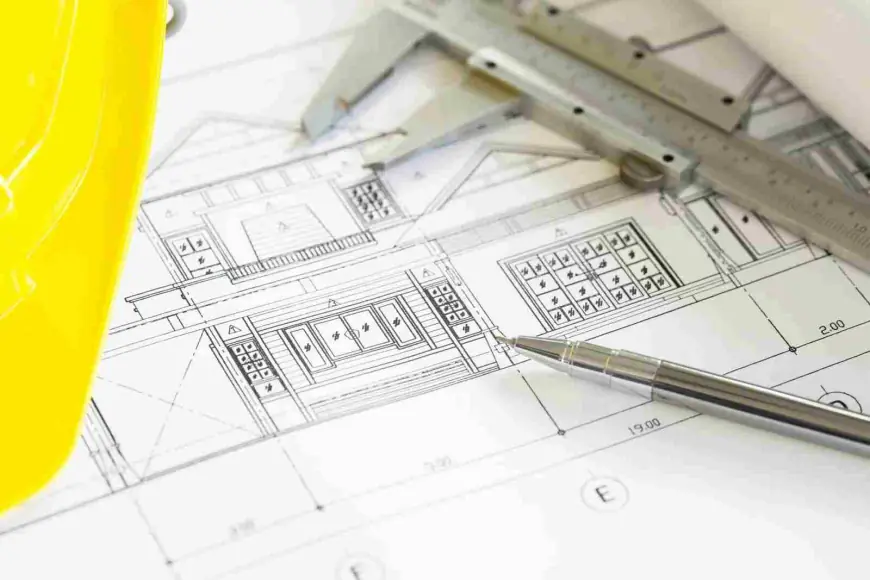Lightweight Construction in Modern Architecture for Adaptive Reuse
Explore how lightweight construction shapes modern architecture by enhancing structural performance, aesthetics, sustainability, and cost efficiency. Learn why embracing lightweight methods is a strategic shift for forward-thinking design in today’s built environment.

Modern architecture is increasingly embracing lightweight construction strategies to redefine possibilities in design, functionality, and environmental responsibility. Lightweight materials and construction methods offer a combination of structural agility, aesthetic flexibility, and sustainability that traditional heavy builds often lack.
Understanding Lightweight Construction in Modern Architecture
Lightweight construction refers to building methods that prioritize materials and assemblies with lower mass per unit volume than conventional counterparts. In modern architecture this approach supports bold structural expression and reduced load demands while enabling sleek, open-plan layouts and dynamic forms.
Key Materials Driving Lightweight Trends
Engineers and designers are leveraging advanced materials such as engineered timber, carbon-fiber composites, ultra-high-performance concrete, and lightweight steel alloys. These materials provide the strength to meet structural demands while dramatically reducing weight and allowing for thinner profiles.
Design Advantages of Lightweight Construction
Using lightweight construction unlocks the freedom to experiment with large cantilevers, slender supports, and expansive glazing. Designers can achieve structurally daring forms that are visually striking without compromise on safety. Integrating these methods sooner in design phases elevates architectural creativity and responsiveness to context.
Sustainability Impacts and Environmental Benefits
Lightweight construction inherently reduces embodied carbon by using materials that require less energy to produce and transport. Lighter components also translate into lower foundation and support system demands, which further cuts material use. These efficiencies contribute to greener buildings and support broader decarbonization goals.
Economic and Efficiency Implications
Reducing weight can lower transportation, labor, and installation costs and speed construction timelines. Prefabricated lightweight components streamline on-site assembly and minimize waste. Over the lifecycle, increased thermal performance and reduced material requirements further enhance economic returns.
Applications in Contemporary Architectural Projects
From modern pavilions to high-rise exteriors, lightweight construction is enabling projects that marry structural ingenuity with visual elegance. Examples include sweeping roof structures that require minimal support and modular building systems assembled with ease, responding to flexibility needs in commercial, residential, and exhibition spaces.
Challenges and Mitigation Strategies
Despite its benefits lightweight construction faces challenges such as material cost, technical expertise, and fire or acoustic performance considerations. Addressing these issues requires careful material specification, layering for functional performance, cross-discipline collaboration, and testing to ensure safety and comfort.
Future Outlook for Lightweight Construction
As digital design tools, advanced materials, and sustainable mandates advance, lightweight construction promises to become even more central to modern architecture. Innovations in bio-based composites, adaptive façades, and hybrid structures point toward a future where buildings harmonize lightness with resilience, beauty, and environmental stewardship.
For More Info https://bi-journal.com/lightweight-construction-modern-architecture/
Conclusion
Lightweight construction in modern architecture offers a compelling path toward structural brilliance, aesthetic innovation, and environmental responsibility. Embracing this approach allows designers and developers to build better, faster, and more sustainably, ultimately defining the future of the built environment.
What's Your Reaction?
 Like
0
Like
0
 Dislike
0
Dislike
0
 Love
0
Love
0
 Funny
0
Funny
0
 Angry
0
Angry
0
 Sad
0
Sad
0
 Wow
0
Wow
0



















































